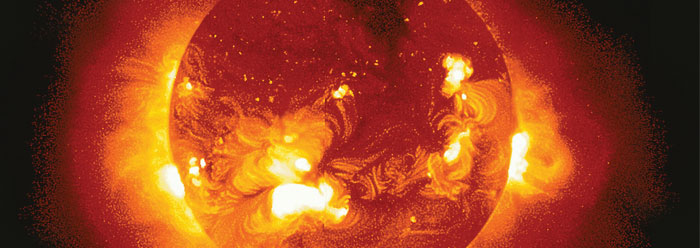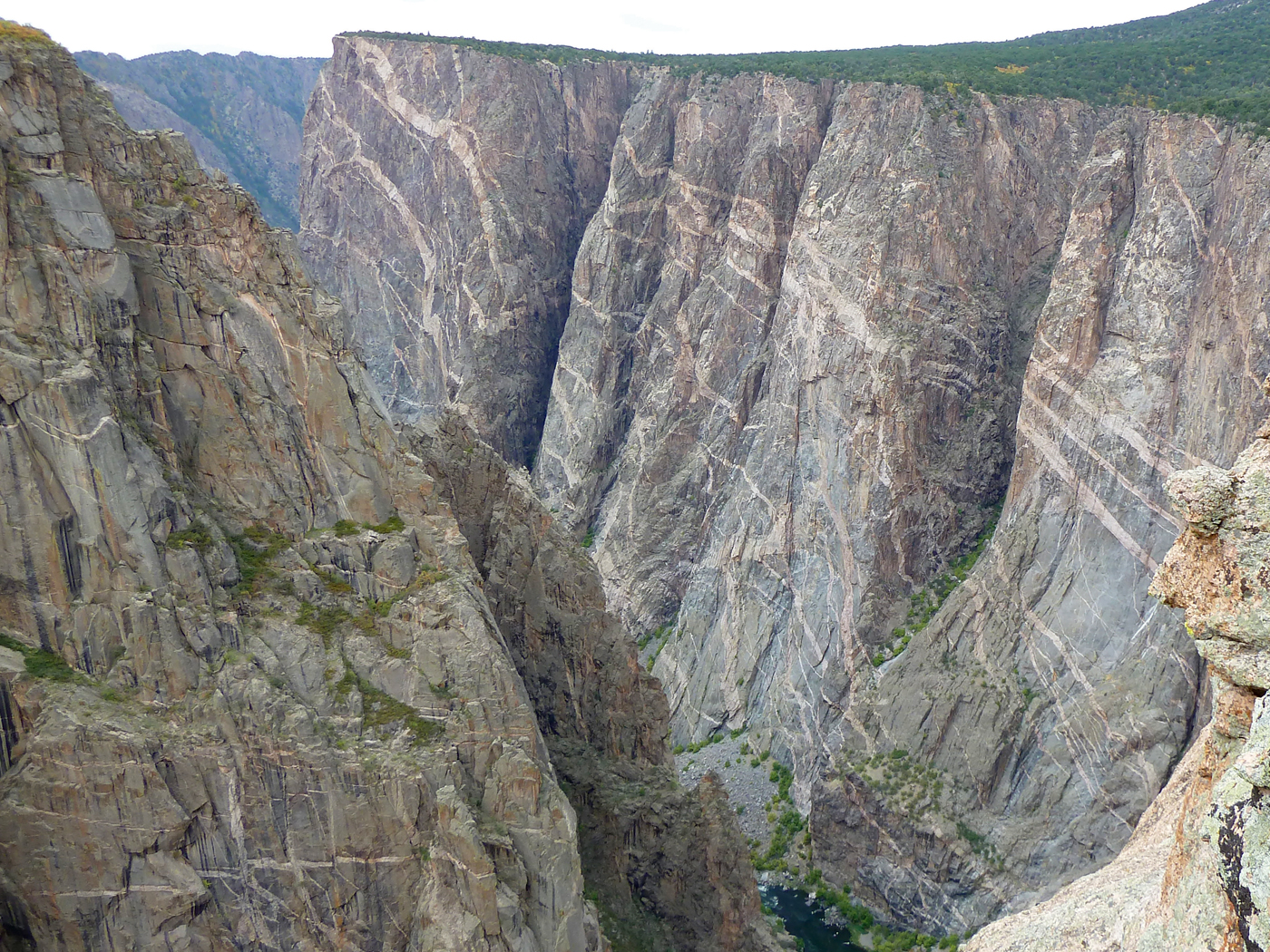On his widely popular Cosmos science program in 1980, Carl Sagan described our paltry existence in pathetic terms: "We live on an insignificant planet of a humdrum star, lost in a galaxy, tucked away in some forgotten corner of universe in which there are far more galaxies than people." Several developments since then have altered this perception dramatically.
First of all, earth's sun is not so humdrum. It belongs to a spectral class representing only 5% of all stars: a G2V yellow dwarf mainsequence variable. Many in this class pulsate much more radically than the sun, giving off deadly flares.
How does our sun compare with its classmates? In one of the longest-running observational programs of the 20th century, astronomers at the McMath Solar Observatory at Kitt Peak measured solar output with high precision. Researchers White, Wallace, and Livingstone recently published the results of their "Sun-as-a-Star" program in the Astrophysical Journal. This data set spanning 32 years--a rarity in science--concluded that our sun is uncommonly stable.
Scientists know the sun goes through an 11-year activity cycle. Flares and magnetic storms appear menacing through modern orbital observatories like SOHO, Hinode, and STEREO. Some flares and coronal mass ejections have topped the charts in recent years. Yet even these violent eruptions produce "little in the way of magnetic-field-related nonradiative heating."1 The energy of these magnetic storms escapes between the granules instead of heating the photosphere. As a result, the sun's heat output, or solar constant, has only varied by 6 one-hundredths of a percent during the entire observational period of 1974-2006.
M. S. Giampapa compared this behavior with other stars. The amount of variation in solar output is "about 10% less than the seasonal mean values, as measured over several seasons of observation, for even the most quiet solar-type stars."2 The sun is among the few solar-class stars with "immaculate photospheres,"3 which places our sun in the upper echelon of all the stars.
Astrobiologists might counter that there could still be a quadrillion rivals to the sun, but many other qualities make our sun even more special. We are located in a relatively safe position within the Milky Way. The sun's energy is tuned to the chemical reactions of vision and photosynthesis. And there is the amazing coincidence between the apparent diameters of the sun and moon that allow total solar eclipses to be visible on earth--dazzling displays of the wisdom and power of God.
In a debate at the American Museum of Natural History in 2005, five out of five secular planetary scientists voted that our solar system appears special. One commented, "The older I get, the less likely it seems to me there'd be a bunch of places like our solar system."4
The sun is a star among countless others, but in many respects it stands alone. It is the perfect lighthouse for the one planet that we know harbors life. Rejoicing like "a strong man to run a race," it journeys across our sky each day, radiating its life-sustaining energy and declaring the glory of God (Psalm 19:1-6).
References
- White, O. R., L. Wallace, W. Livingston, and M. S. Giampapa. 2007. Sun-as-a-star spectrum variations 1974-2006. Astrophysical Journal. 657:1137-1149.
- Ibid.
- Ibid.
- Goudarzi, S. 2005. Five out of five researchers agree: earth's solar system special. http://www.space.com/scienceastronomy/05
0331_asimov_debate.html.
* David F. Coppedge works in the Cassini program at the Jet Propulsion Laboratory. (The author's views are his own.)
Cite this article: Coppedge, D. 2007. More Than a Rising Star. Acts & Facts. 36 (11): 15.

















